前回と今回の記事で、草書の「理」を2種類紹介しています。今回はそのPart.2です。
ぜんかいとこんかいのきじで、そうしょの「理(り)」をにしゅるいしょうかいしています。こんかいはそのパートツーです。
In the previous and this article, I’m introducing 2 types of 理(ri) in cursive script. This time is the Part.2.
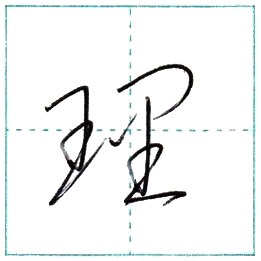
スポンサーリンク
草書は日常生活で書くことはなく、書道の作品でのみ使われています。
そうしょはにちじょうせいかつでかくことはなく、しょどうのさくひんでのみつかわれています。
We don’t write cursive script in daily life, it’s used only in calligraphy works.
単語例(たんごれい)
Word examples
料理 [りょうり ryou ri] = cooking, cuisine
料理人 [りょうりにん ryou ri nin] / 調理師 [ちょうりし chou ri shi] = cook, chef
調理師免許 [ちょうりし めんきょ chou ri shi men kyo] = chef license
経理 [けいり kei ri] = accounting
税理士 [ぜいりし zei ri shi] = licensed tax accountant
代理店 [だいりてん dai ri ten] = agency, dealer
内閣総理大臣 [ないかく そうり だいじん nai kaku sou ri dai jin] = Prime Minister
国連安全保障理事会 [こくれん あんぜん ほしょう りじかい koku ren an zen ho shou ri ji kai] = UN Security Council
スポンサーリンク
書き順(かきじゅん)
Stroke order
1. 最初の線は、1画で書きます。
さいしょのせんは、いっかくでかきます。
Write the first line with one stroke.
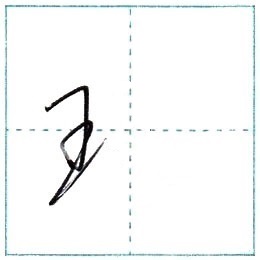
1-1.
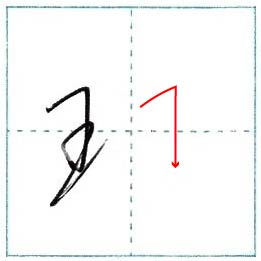
1-2.
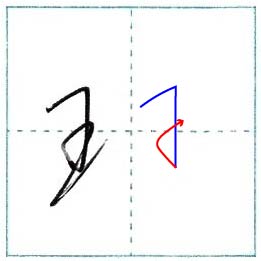
1-3.
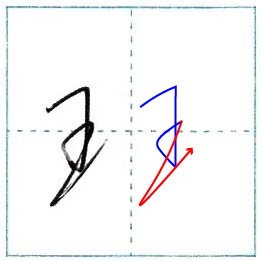
2.
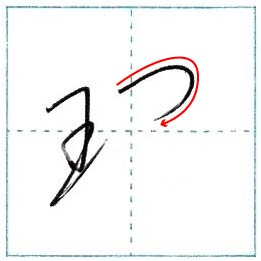
3.
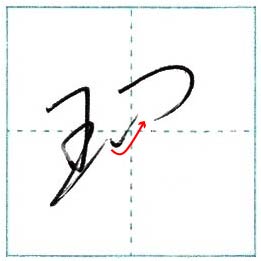
4. 次の線も、1画で書きます。
つぎのせんも、いっかくでかきます。
Write the next line with one stroke, too.

4-1.
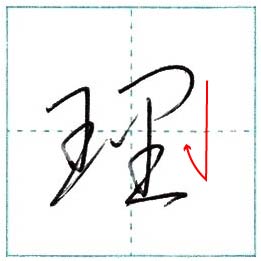
4-2.
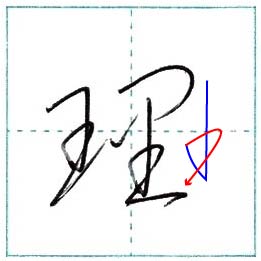
4-3.
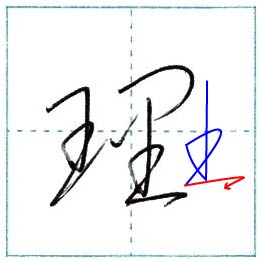
5. 完成(かんせい) Finish

公開日/post 2019.11.04
更新日/update 2019.11.04
スポンサーリンク
